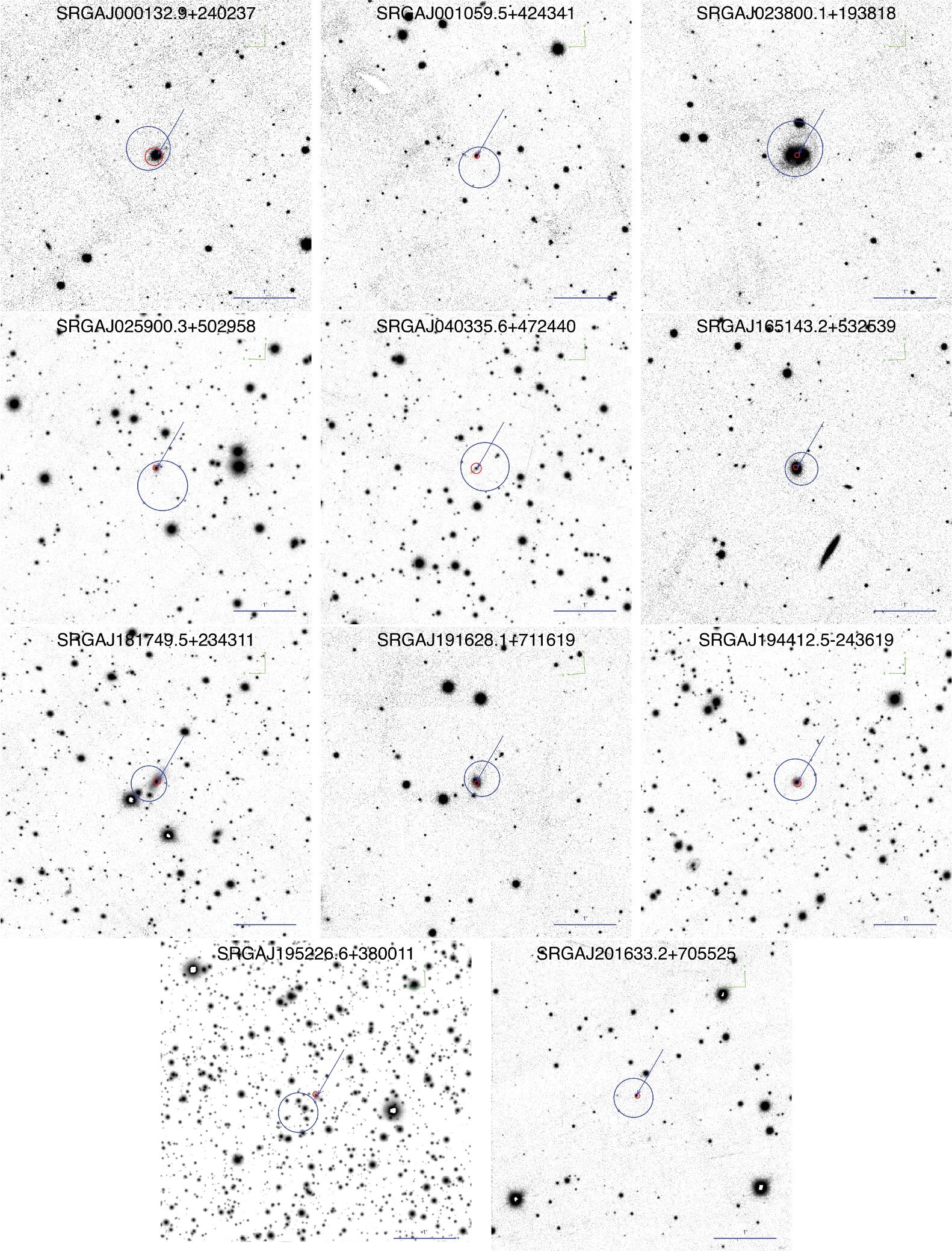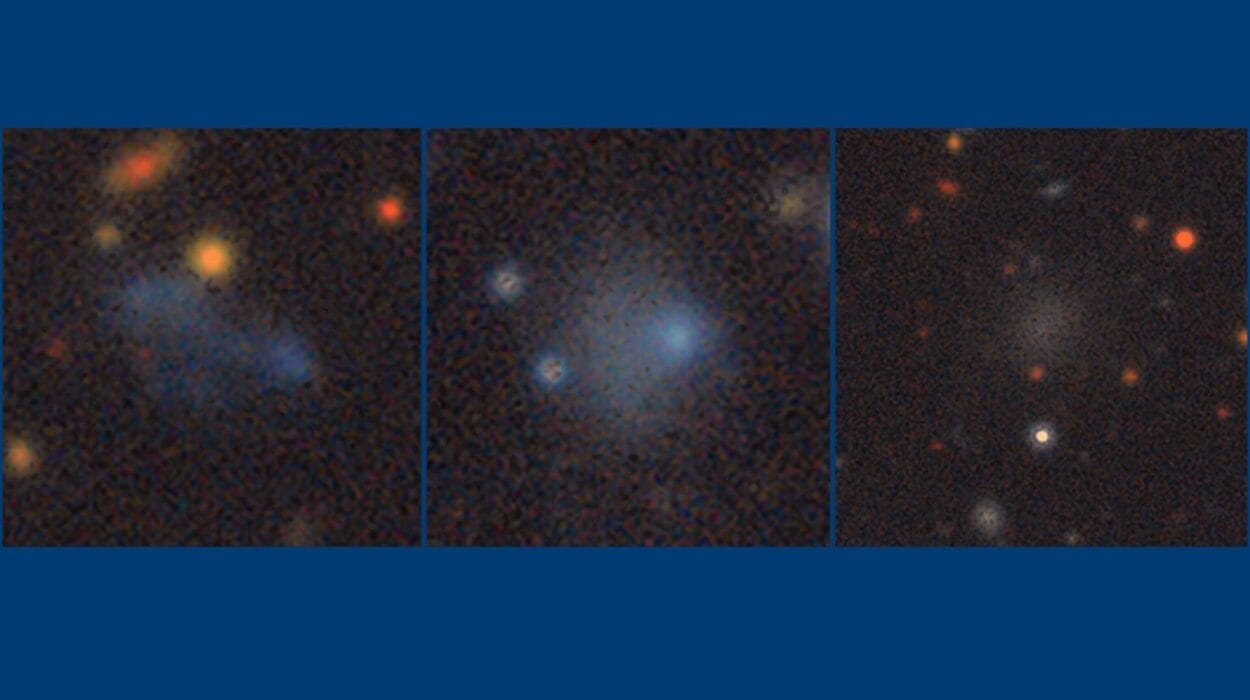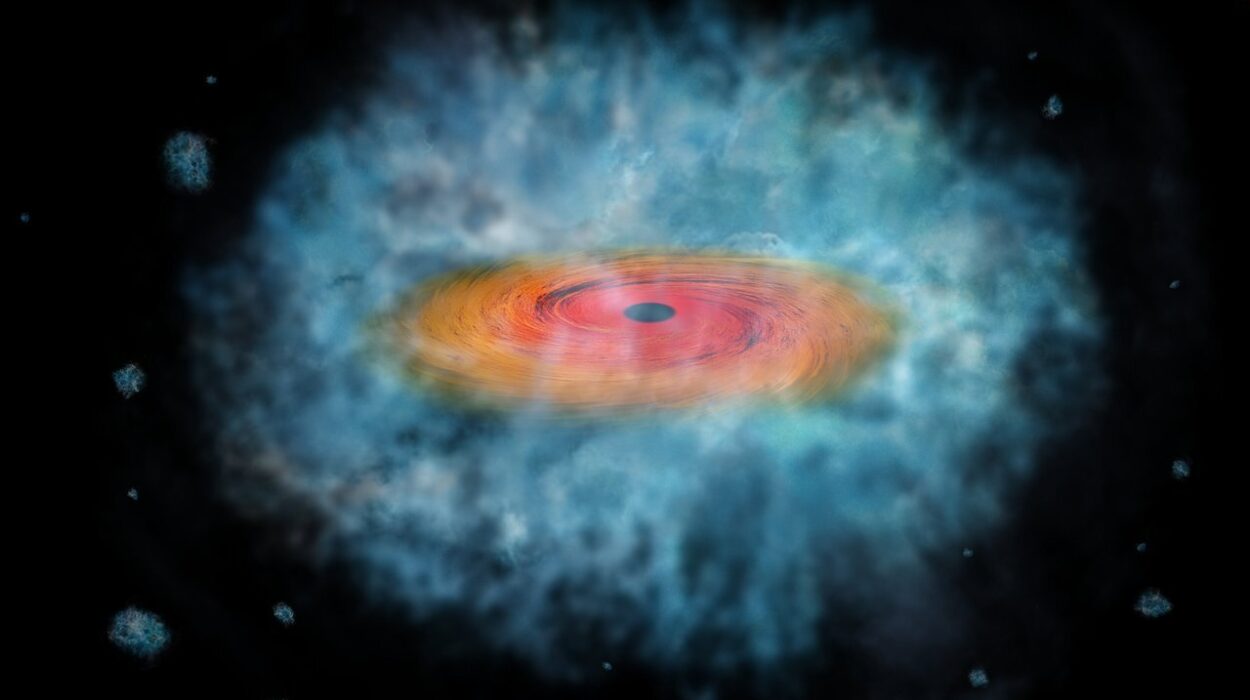In the vast black canvas of the cosmos, there are celestial engines of extraordinary energy—compact regions at the cores of galaxies that outshine entire star systems. These brilliant powerhouses are known as Active Galactic Nuclei, or AGNs. Recently, a team of astronomers from the Russian Academy of Sciences, led by Grigory Uskov, has taken a significant leap forward in understanding these mysterious structures. Using Russia’s cutting-edge Spektr-RG (SRG) space observatory, they have identified 11 previously unknown AGNs, shedding new light on the turbulent and dynamic hearts of galaxies. Their findings, published in Astronomy Letters, mark another breakthrough in the ever-evolving study of cosmic phenomena.
Peering into the X-ray Universe
The Spektr-RG space observatory is a joint Russian-German mission designed to conduct the most sensitive all-sky survey in the medium X-ray energy range. Equipped with two main telescopes—ART-XC (Astronomical Roentgen Telescope – X-ray Concentrator) and eROSITA (extended Roentgen Survey with an Imaging Telescope Array)—SRG scans the universe in high-energy X-ray wavelengths, allowing astronomers to peer into environments invisible to optical telescopes.
The ART-XC telescope, in particular, is adept at identifying high-energy X-ray sources, which are often linked to AGNs. These are regions dominated by the immense gravitational pull of supermassive black holes, where infalling matter is heated to millions of degrees and emits powerful radiation. The ART-XC survey, called ARTSS1-5, has been pivotal in identifying sources with previously unknown natures.
What Are Active Galactic Nuclei?
To grasp the significance of this discovery, it’s important to understand what AGNs actually are. Located at the cores of certain galaxies, AGNs are regions where supermassive black holes are actively accreting matter. As material spirals inward, it forms a hot accretion disk, generating a torrent of radiation across the electromagnetic spectrum—from radio waves to X-rays and gamma rays.
Despite occupying a tiny fraction of a galaxy’s total volume, AGNs can outshine all the stars in their host galaxies combined. They serve as natural laboratories for extreme physics and are critical to our understanding of galactic evolution, intergalactic feedback, and the growth of black holes.
There are several subclasses of AGNs, with Seyfert galaxies and quasars being among the most well-known. Seyfert galaxies, especially, offer a close-up view of AGN phenomena, as they are often found in our cosmic neighborhood.
A Closer Look at the 11 Newly Identified AGNs
The Russian team’s recent work focused on scrutinizing X-ray sources detected in the SRG surveys that had no clear classification. Through follow-up optical identification and spectroscopic analysis, they uncovered 11 new AGNs, all of which lie relatively close in cosmic terms—at redshifts between 0.028 and 0.258. This means these AGNs are situated in galaxies roughly 400 million to 3.5 billion light-years away.
In astronomical scales, such distances make these AGNs part of the “local universe,” providing valuable opportunities for detailed study. The X-ray luminosities of the sources were found to range from 2 to 300 tredecillion erg/s (that’s 10^43 to 10^45 erg/s), which is consistent with known AGNs and confirms their classification.
Classification into Seyfert Subtypes
One of the key aspects of this study was the detailed classification of the newly discovered AGNs. Based on their optical spectral features, the galaxies were categorized into:
- Seven Seyfert 1 galaxies (Sy 1)
- Three Seyfert 1.9 galaxies (Sy 1.9)
- One Seyfert 2 galaxy (Sy 2)
Seyfert galaxies are a particular type of AGN-dominated galaxy that appear relatively normal in visible light but exhibit strong emissions at infrared and X-ray wavelengths.
- Seyfert 1 galaxies exhibit both broad and narrow emission lines, suggesting we are viewing their central regions more directly.
- Seyfert 2 galaxies, in contrast, display only narrow lines, usually interpreted as being due to an edge-on viewing angle that obscures the broad-line region.
- Seyfert 1.9 galaxies are intermediate cases, with some broad features present but less pronounced, possibly due to partial obscuration.
This classification provides important clues about the geometry, orientation, and dust content surrounding the central black holes of these galaxies.
Probing the Mass of Cosmic Monsters
Another significant achievement of the study was the estimation of the black hole masses at the centers of these AGNs. For seven of the Seyfert galaxies, the team used spectral data to calculate black hole masses ranging from 4.68 million to 150 million solar masses.
These results are in line with expectations for AGNs, reinforcing the idea that supermassive black holes are the engines behind these luminous cores. Measuring their masses not only helps confirm their nature but also informs theories about how galaxies and their central black holes co-evolve over cosmic time.
A Mysterious Object: SRGA J000132.9+240237
Among the newly identified AGNs, one stands out as particularly intriguing: SRGA J000132.9+240237. Its X-ray spectrum reveals an unusually flat slope—less than 0.5—indicating strong X-ray absorption and suggesting that a significant portion of its observed radiation is reflected rather than direct.
This reflection is likely occurring from a dusty torus—a doughnut-shaped structure of gas and dust that encircles the black hole and accretion disk. The presence of such a torus aligns with the unified model of AGNs, which posits that observed differences between AGN types are largely due to viewing angle and obscuration.
The team notes that further observations in pointing mode with the ART-XC telescope are needed to extract more detailed physical properties of this enigmatic AGN. Future analysis may reveal whether SRGA J000132.9+240237 harbors features like relativistic jets or complex absorption structures, making it a prime target for high-resolution follow-up studies.
Why This Discovery Matters
The identification of 11 new AGNs might seem like a small number in the grand scale of astronomy, but every addition to the catalog enhances our understanding of the cosmic X-ray background, black hole demographics, and AGN evolution.
The findings also underscore the capabilities of the Spektr-RG observatory, particularly the ART-XC telescope, as a powerful instrument for exploring high-energy phenomena in the universe. The continued refinement of the all-sky X-ray map by SRG is expected to yield many more discoveries in the coming years, including exotic objects such as cataclysmic variables, neutron stars, and even rare transient events.
Moreover, the relatively close proximity of these AGNs means that follow-up studies can utilize multi-wavelength astronomy—from radio and infrared to optical and X-rays—to construct a more complete picture of these galaxies and their central engines.
Looking Ahead: The Cosmic Treasure Hunt Continues
With this study, the Russian Academy of Sciences team has added another piece to the grand puzzle of cosmic evolution. Their methodical classification of X-ray sources is yielding valuable insights and expanding the known census of AGNs. And this is just the beginning.
As SRG continues its scans and as data from ART-XC and eROSITA are further analyzed, we can expect many more hidden AGNs to come into view. Each discovery contributes to a better understanding of how galaxies evolve, how black holes grow and interact with their environments, and how the universe became what it is today.
In the dance of galaxies and the blaze of black hole firestorms, astronomers are reading the stories etched in X-rays—one AGN at a time.
Reference: G. S. Uskov et al, New Active Galactic Nuclei Detected by the ART-XC and eROSITA Telescopes during the First Five SRG All-Sky X-ray Surveys. Part 2, Astronomy Letters (2024). DOI: 10.1134/S106377372470018X. On arXiv: DOI: 10.48550/arxiv.2505.00109






